Wildlife Wonders To Look Out For This Autumn
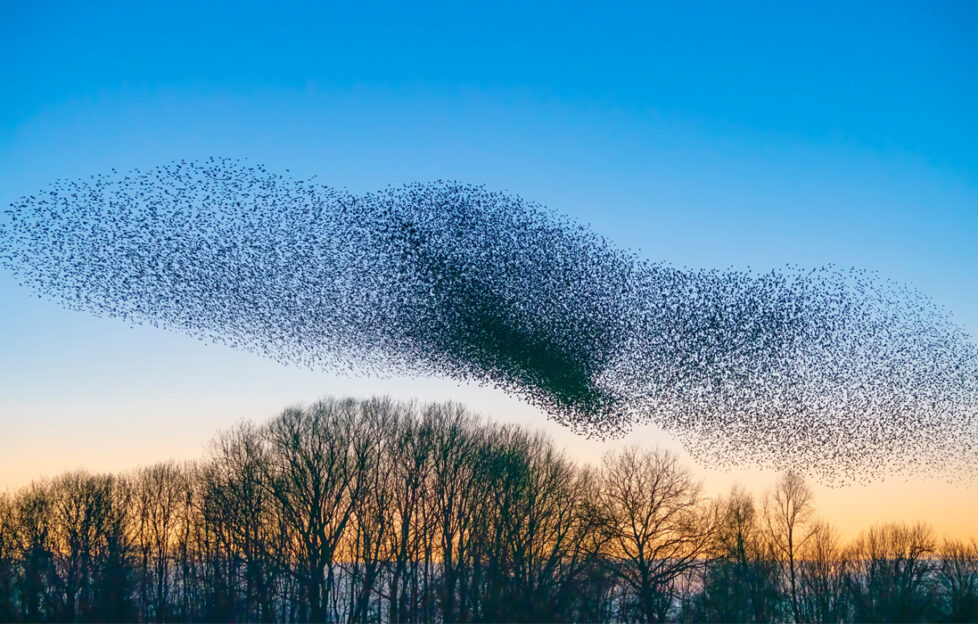
Summer is winding down and we’re starting to feel autumn yawning and stretching in the air. Autumn is a fantastic time to get out in nature, and the RSPB have a list of autumn wildlife wonders to look out for!
Dance Of The Starlings
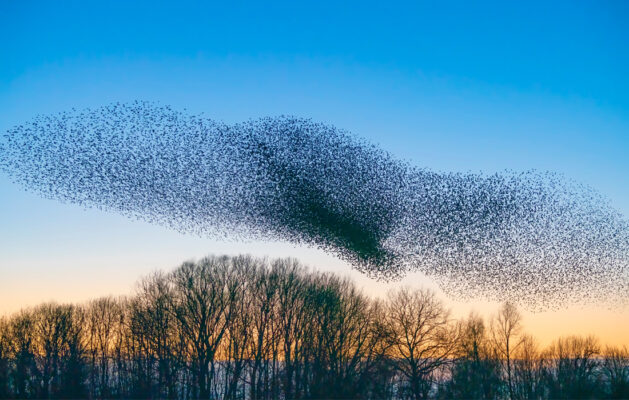
Shutterstock.
Starlings huddle together when it’s cold at night to stay warm. These big flocks are like dinner buffets to predators such as falcons and hawks though, so they need a defence strategy. So, they turn to dance.
As dusk falls starlings come together in their hundreds or even thousands to swoop, ascend, dive, and lift in a cloud of orchestrated patterns that can help throw off predators.
For your best chance at seeing a murmuration, pick a day that’s clear, calm, cold, and try arrive a bit before dusk. Starling murmurations can start as early as September and often continue into January or February.
Where to see:
- England
- Northern Ireland
- Scotland
- Wales
Fungi Safari
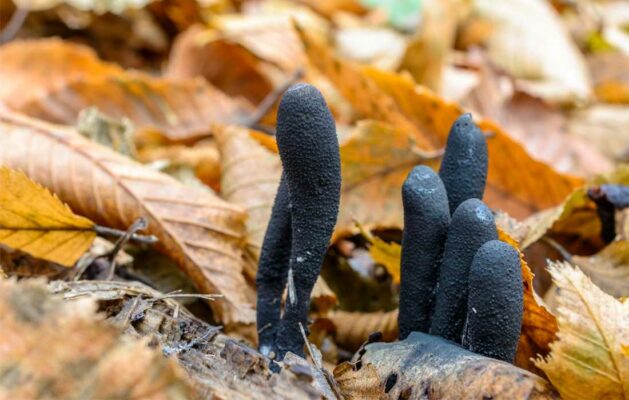
Shutterstock.
Fungi are in a kingdom of their own, more closely related to animals than plants. They communicate with each other, transfer nutrients from plant to plant, and break down matter so it can turn into new life. They’re the machines that keep our planet running.
In autumn we have a chance to see some of these fungi in the flesh. The mixture of warmth and damp from the rain, along with the colder nights, triggers the fruiting bodies of many fungi to erupt from the ground in the form of mushrooms.
There are over 15,000 species of fungi in the UK so if you go searching you never know what you’ll find! Look out for the dead man’s fingers, or the ‘bleeding’ beefsteak fungus.
Where to see:
The Clash Of The Red Deer
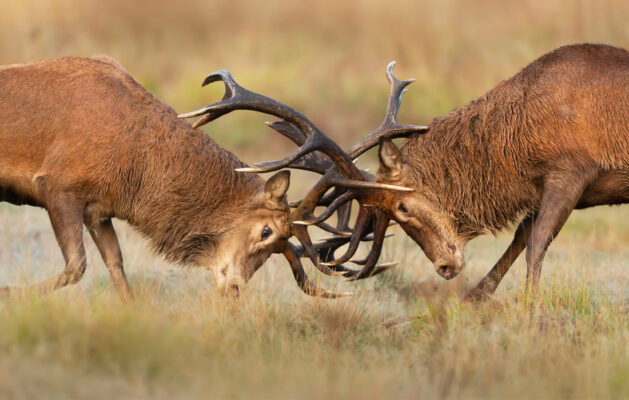
Shutterstock.
Red deer are the largest land mammal in the UK. From the end of September to November the stags come together to strive for the right to mate with the females, called the rut. Males clash antlers in their fierce battle to father the next generation. It’s best to watch from a distance, however—stags can be aggressive even towards humans at this time of year.
Where to see:
- England
- Scotland
- Wales
Bird Travels
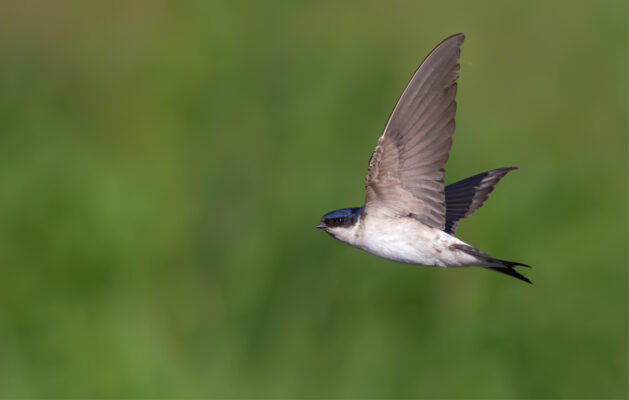
Shutterstock.
Autumn is a time of movement for many birds across the UK. The colder weather prompts some species, such as the swallow and the house martin, to journey thousands of miles back to their warmer homes in Africa. To other birds that spend most of the year in Iceland and northern Europe, however, the UK’s autumn is relatively balmy, and we begin to welcome whole new flocks of migratory geese, ducks, and wading birds.
Head to the coast to see some of the great travellers in their autumn and winter homes.
Where to see:
- England
- Northern Ireland
- Scotland
- Wales
And to be kind to the autumn wildlife, here are our tips for feeding birds in the cold months.




